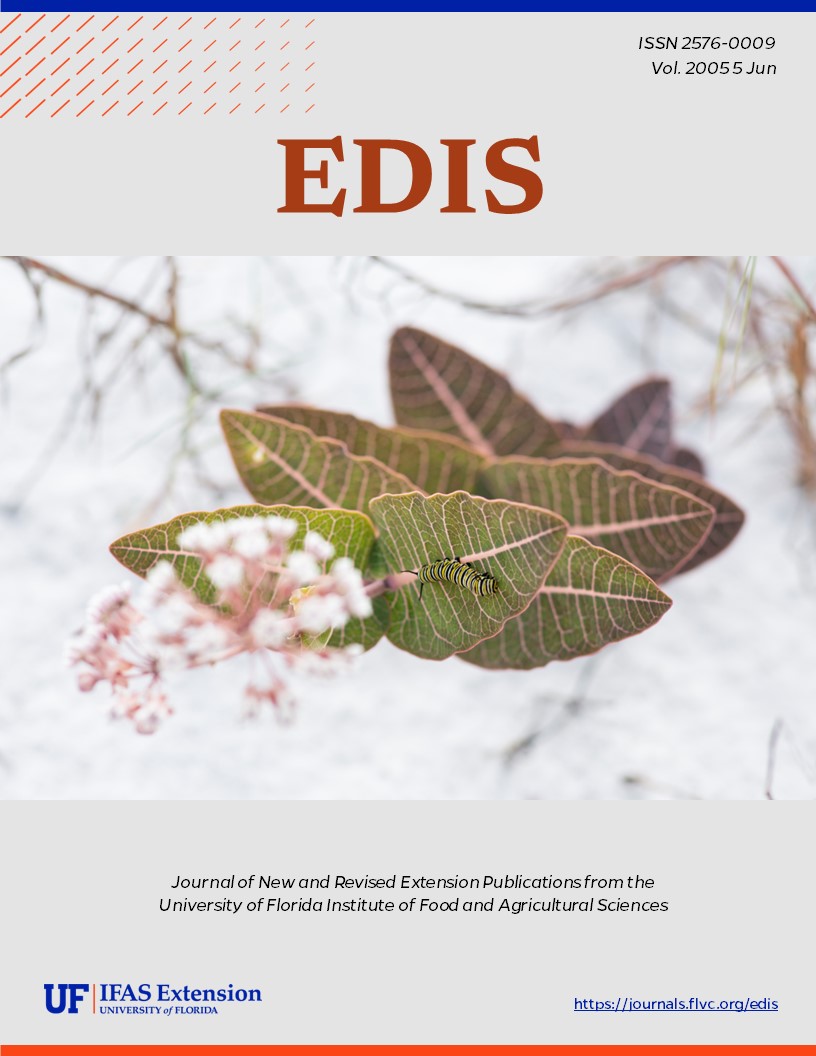Abstract
Nematodes in the family Trichodoridae (Thorne, 1935) Siddiqi, 1961, are commonly called "stubby-root" nematodes, because feeding by these nematodes can cause a stunted or "stubby" appearing root system. Paratrichodorus minor is the most common species of stubby-root nematode in Florida, and in tropical and sub-tropical regions worldwide. Paratrichodorus minor is important because of the direct damage it causes to plant roots, and also because it can transmit certain plant viruses. This document is EENY-339, one of a series of Featured Creatures from the Entomology and Nematology Department, Florida Cooperative Extension Service, Institute of Food and Agricultural Sciences, University of Florida. Published: November 2004.
References
Christie JR, Perry VG. 1951. A root disease of plants caused by a nematode of the genus Trichodorus. Science 113:491-493. https://doi.org/10.1126/science.113.2939.491-a
Decreamer W. 1991. Stubby root and virus vector nematodes. p.587-625 In Nickle WR (ed.) Manual of Agricultural Nematology. Macel Dekker, Inc. New York.
Hunt DJ. 1993. Aphelenchida, Longidoridae and Trichodoridae: Their systematics and bionomics. CAB International, Wallingford, UK.
Walkinshaw CG, Griffin GD, Larson RH. 1961. Trichodorus christiei as a vector of potato corky ringspot (tobacco rattle virus). Phytopathology 51:806-808.
Weingartner DP, Shumaker JR, Smart Jr GC. 1983. Why soil fumigation fails to control potato corky ringspot disease in Florida. Plant Disease 67: 130-134. https://doi.org/10.1094/PD-67-130

